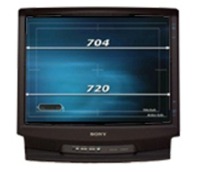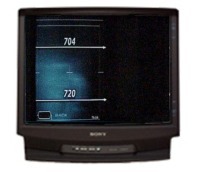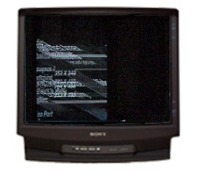DVD Benchmark - Product Review - Proceed PMDT DVD Player - October, 2000 Staff
Background
The PMDT is the prettiest thing going, and this makes it difficult knowing that a costly ($5995) supermodel doesn't stack up well in functionality performance compared to other, less expensive players (but it does do video wonderfully). They really devoted some resources to the industrial design, from the brushed steel exterior to the superslick DVD tray. Sweet! To paraphrase the old Fernando character from Saturday Night Live, It is better to look good than to be good, dahling.
There are some clever aspects to this player. Supposing you use different features for different discs, the player remembers how you configured each disc individually. Let's say you have "Seven Samurai" playing, you would probably be using the subtitles feature. The next time you play the disc, the Proceed would remember that you had played it with the subtitles on. Personally, I rarely change settings for discs. It's cool, but you can buy a lot of other cool stuff that you might actually use.
Video
The overall video quality of this DVD player is excellent.
Anyway, here are our test results:
The PMDT uses the proper labeling of Y'Pb'Pr'. They are actually dual labeled as G, B, R as well. The PMDT also uses the superior BNC connectors.
At the time of the benchmark, the PMDT was equipped with Version 1.05 software.
Black and White Levels
Format Black White Comments CAV 2.1 98.6 We were unable to turn on setup for the CAV output with 1.05. Black is about 2.1 IRE high, and white is1.4 IRE low. YC 7.7 102.3 Black on the YC output is just about perfect. White, on the other hand, is hot. It's 2.3 IRE high, and this may cause some problems with video processors that clip everything above 100 IRE. There is room for improvement by getting the CAV and YC outputs to more closely match each other. Color Bars
CAV
The Y portion of the CAV output was dead-on at the SMPTE level, except for black because of no setup.
The Pb portion of the CAV output was also dead-on to SMPTE and EIA 770.1 levels. Like the Pb and Y, the Pr portion of the CAV output was also dead-on to SMPTE and EIA 770.1 levels.
Component Analog Video Data
YC
The Y portion of the YC signal was a bit high when compared to SMPTE 170M.
The Chroma level was a bit low when compared to SMPTE 170M. The Chroma phase was dead-on to SMPTE 170M.
Composite/YC Data
Video Frequency Response
The overall video frequency response of the PMDT was excellent. Both the CAV and YC outputs tracked each other very well. The PMDT, for the most part, was flat out to 4.18 MHz. (There is a very minor roll-off that occurs just after 2 MHz, but it is VERY minor.) At 5 MHz, the PMDT was down 0.53 dB.
There was little to no ringing at all on the PMDT. This player may appear softer when compared to any Toshiba or Pioneer, but that is because it lacks ringing. This player falls more in line with the Sony and Meridian in terms of resolution. We would say it is a bit shaper than they are, but not much. The PMDT is actually using the same MPEG decoder as the Sonys.Video Frequency Response
Pixel Cropping
Location Pixels Comments Top 1 Excellent Bottom 0 Excellent Left 5 Very Good Right 0 Excellent Signal-To-Noise Ratio
Format Output SNR (dB) Comments CAV Y -78.4 Excellent - This player had the lowest SNR for Y. CAV Pb -76.9 Excellent CAV Pr -76.6 Excellent YC C-AM -70.5 Excellent YC C-PM -68.0 Excellent Component Channel Timing
Channel Timing (ns) Comments 'Pb' to Y 0.6 Stellar 'Pr' to Y 0.1 Stellar 'Pb' to 'Pr' 0.5 Stellar Audio
Since the PMDT does not have analog outputs, we used the analog outputs of the Perpetual Technologies D/A converter, and compared the results between using the PMDT, considered a high-end digital transport, and the Apex A600D, which is on the low end of the scale.
Audio Frequency Response
Via PMDT- very good. Smooth, with an extended, tapered top-end, and very flat bass.
Audio Frequency Response Through PMDT and Perpetual Technologies DAC
Via Apex- Almost exactly the same.
Audio Frequency Response of Apex A600D and Perpetual Technologies DAC
Harmonic Distortion + Noise FFT
Via PMDT- The distortion spectrum is mediocre. The 5th harmonic is the highest, at 90 dB, which is relatively high in amplitude. From there, the amplitude of the ascending harmonics does decrease, and harmonics are visible up to the 15th harmonic at 15 kHz. This seems to be inherent to the D/A converter, not the PMDT, because . . .
Distortion Spectrum PMDT and Perpetual Technologies DAC
Via Apex, the spectrum looks very similar.
Distortion Spectrum Apex and Perpetual Technologies DAC
Wide-Band noise spectrum FFT (Wall AC)
We didn't have time to run a noise FFT from the Apex feeding the Perpetual Technologies on a plain old wall socket, so it'd be useless to compare. Sorry.
Wide-Band noise spectrum FFT (Lab grade AC)
Via PMDT, the noise spectrum of the Perpetual Technologies DAC was absolutely excellent, with a minor amount of 60 Hz noise at an unbelievable 125 dB for the highest level.
Noise Floor (Lab) PMDT
Via Apex, the noise spectrum was slightly better at 60 Hz, possibly because the unit floats the AC ground, lowering the possible potential difference. On the other hand, there is slightly more noise in the ultra-sonic range. Why? We don't know.
Noise Floor (Lab) Apex
Low-Level DAC Linearity
Via PMDT, the linearity is absolutely superb, with +/- 1 dB down to 108 dB.
DAC Linearity PMDT
Via Apex, the linearity is not quite the same. The plot officially strayed from the +/- 1 dB error limit at 107dB. It could be a difference simply due to the random nature of noise, and how the dither interacted with the measurement. Given the price difference, we are inclined to give the PMDT the benefit of the doubt.
DAC Linearity
Dynamic Range
Via PMDT, 98.3 dB, which is very nice.
Via Apex, 98.4 dB, which is also very nice, and just slightly better, again possibly attributed to the lack of grounding to the AC supply.
Inter-Modulation Distortion
We didn't have time to measure SMPTE of the APEX/Perpetual arrangement. Plane tickets had me leaving before Stacey had his exclusive party. That's okay, I didn't want to go to his stupid party anyway.
SummaryWhile I wouldn't say that this comparison proves that a premium quality transport is pointless for digital sources, as it may provide performance advantages along parameters which we didn't measure, as well as improve a person's psychological disposition, I would say that the results imply that the differences in the transport have much less to do with the actual performance differences than the specific aspects of the component which does the D/A conversion. Decide for yourself, and spend appropriately.
Functionality
Although the video performance of this player ranks among the best, its functionality was the absolute worst! Never have we encountered a consumer electronic product that had so many problems. On many discs, if we pressed stop, then play and chose resume play, the player would hang. We would have to power off and on using the switch to recover. The PMDT was clearly released well before it was ready. On the positive side, it is software upgradeable, and these problems should be resolved with future updates. At the time of the benchmark, they were already on their 3rd update.
This player appears to ignore the instructions contained within the video manager. I believe this is one reason the player has so many problems.
Avia
Note: A green check in the boxes below means that feature worked OK. A red X means it is unsatisfactory.
Test Results Comments Subpicture
Slide Show
Video Essentials
Test Results Comments Blacker-Than-Black
Stress Test
This player failed big time! When performing the little repro scenario we listed in Part 3, this player began to flash several still images, then it began to switch between the two angels at the swelltone logo. WHQL (If check boxes have a green check, it's OK. If it's a red X, it's unsatisfactory)
Subpicture Palette (DCS)
Test Results Comments Still
Bob
Weave
Default Palette Color Index
Test Results Comments Still
Bob
Weave
Custom Palette Color Index
Test Results Comments Still
Bob
Weave
Branching
Test Results Comments Seamless Branching
The angle button does not work, so we could not test this feature. Multiple Angles
The angle button does not work, so we could not test this feature. There have been at least two more software updates, and we have been told that the multiple angle features still does not work to this day. We find it just a bit disappointing that for the premium price of this player, basic features are still not working. Menu
Test Results Comments Loops
Ends
Field/Frame Freeze
Test Results Comments Weave
Can't Pause. Bob
Can't Pause. 16x9 Menu
Test Results Comments Letterbox
Not on first try, you must try twice. Widescreen
Cropping
What it should look like What it looks like when you select pattern What it looks like when you return from pattern Click on the images above to see a close-up of what the errors look like.
Test Results Comments 352x240
Image is compressed when displaying the pattern and then loses sync when you return from the pattern. You must eject the disc to recover. 720x480
Image is compressed when displaying the pattern and then loses sync when you return from the pattern. You must eject the disc to recover. 704x480 Image is compressed when displaying the pattern and then loses sync when you return from the pattern. You must eject the disc to recover. 352x480 Image is compressed when displaying the pattern and then loses sync when you return from the pattern. You must eject the disc to recover. Layer Break
The layer change is very quick (it takes approximately 0.5 seconds).
Test (DVD) Results Comments "Cruel Intentions"
The parental control feature is broken. They have re-mastered "Cruel Intentions" without parental control, so unless you purchased it right away, you won't encounter the problems. The disc refuses to play, and you don't even get the FBI warnings. "Ghostbusters"
The subpictures do not show up. Menu also defaults to audio instead of off. In this particular menu, you have video, audio, off. "Friend" VCD "Saving Private Ryan" (DTS) "The Abyss" Highlights are missing on the second menu. They do return as soon as the menu loops once. Chesky Super Audio 96/24 You can select to output 96 kHz or 48 kHz digital bitstream. Physical Response
The overall response of this player is slow, and I gave it a ranking of 5.
Test Results Comments Setup
You can turn setup on for YC output but not CAV. We have heard you can now turn on setup with current versions but we have not verified it. Transcode
CD-R Error Correction/Concealment
Pierre Vareny
The PMDT had average CD error correction. It was able to play up to and including chapter 33, which represents a 1.50mm gap.
Scratch the Dog
This player becomes pixilated at chapter 2 and dies at chapter 5.
Usability
The remote is manufactured by Home Theater Master who licenses it to different manufacturers. Why do so many companies use this remote? Because it is a great one, and it really stands out from the pack.
The Remote Score = 8 out of 11. The image gives you an indication how the Proceed designers have considered the usability of the remote.
We established our rating scheme in the usability article (Part 4, see bottom of this article) with the Eleven Tenets of Remote Design. Each one of those principles gets the player 1 point, so the maximum possible score would be 11. See the comments for each of those design tenets.
Test Results Comments Button Access
The remote does very well for accessing the appropriate buttons. It allows you to reach all of the important features that most people use during a movie, without readjusting the grip. You can reach all of the transport buttons and arrow keys without moving your hand. Well done. The one complaint is that they placed the play button in between the navigation arrows where the enter button really belongs. Minimal number of buttons
This remote spreads the controls across the surface of the remote rather well, but there are still more buttons than are absolutely required for DVD viewing. Distinctive buttons The buttons are unique and ease easily differentiated by feel. This is even better because you can use the remote without moving your hand around very much. Appropriately sized buttons The buttons reflect their priority by size. Some of the infrequently used buttons are very small. Good tactile feedback
The buttons have a stiff feel and are relatively high profile (perhaps this has something to do with the backlighting). Fits well in a single hand
This is probably the widest a remote can be and still be held in one hand. Our users had average sized hands and had no trouble using it. Right/Left Handed Yes. The important controls are in the middle of the remote, which allows the remote to be used with either hand. Backlighting We love this backlighting system. The backlight is turned on using a button at the bottom of the remote. It is spaced far away from any other button on the remote, which make it very easy to find in the dark (and difficult to accidentally hit while using other buttons). The remote saves energy by only activating the light when you specifically request it. Indication of control mode
Standard naming
Everything is as expected here. Player feedback
This player and remote provide pretty detailed help screens to explain what is happening with the player. The Bottom Line on Usability
The PMDT is a beautiful machine. It has every bell and whistle ever jammed into a consumer DVD player, and its designers have done a good job exposing them to the user. But then again, for what the Proceed PMDT costs, it should make your breakfast (I'd like strawberry jam on my bagel, please).
- Staff -
DVD Benchmark Explanatory Articles Part 3 - Functionality Part 4 - Usability Part 5 - Progressive Scan
© Copyright 2000 Secrets of Home Theater & High Fidelity
Return to Table of Contents for this Issue.


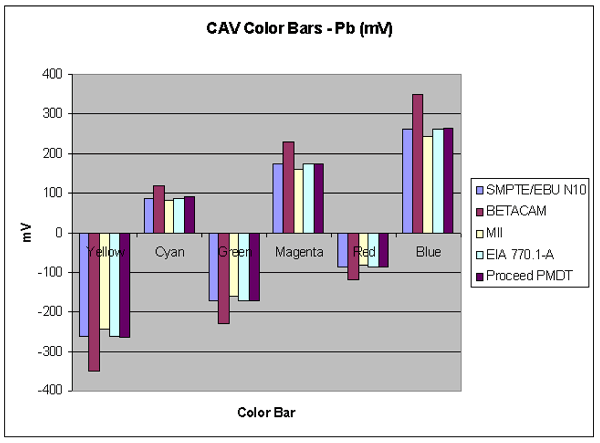
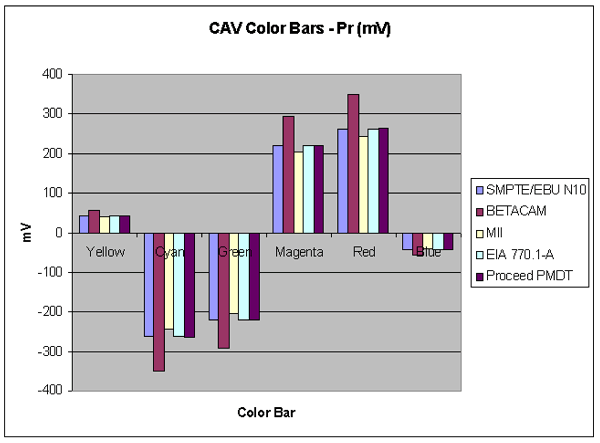
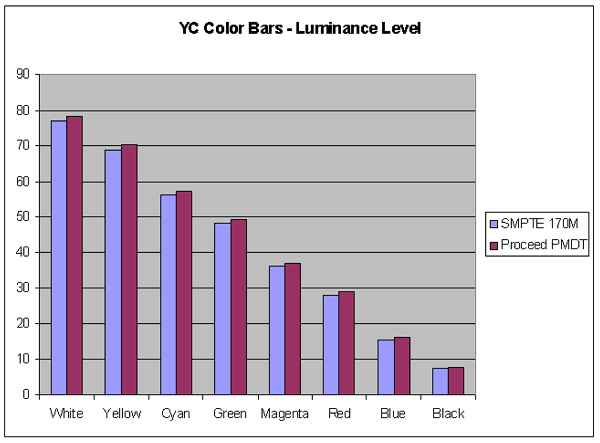
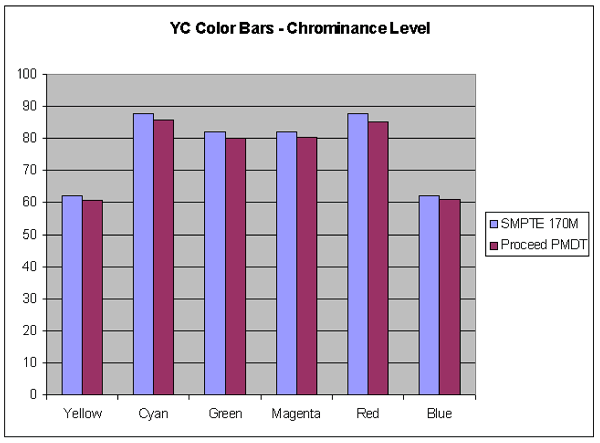
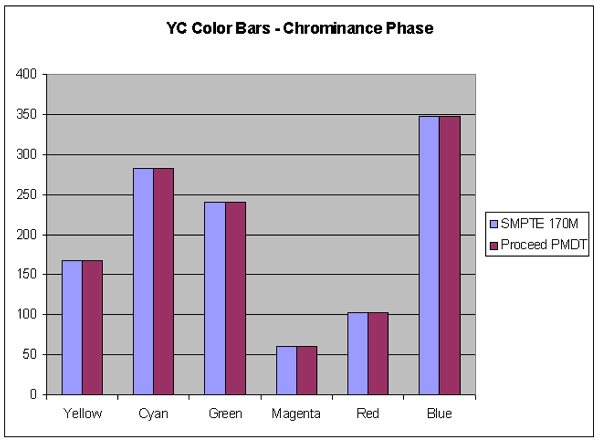
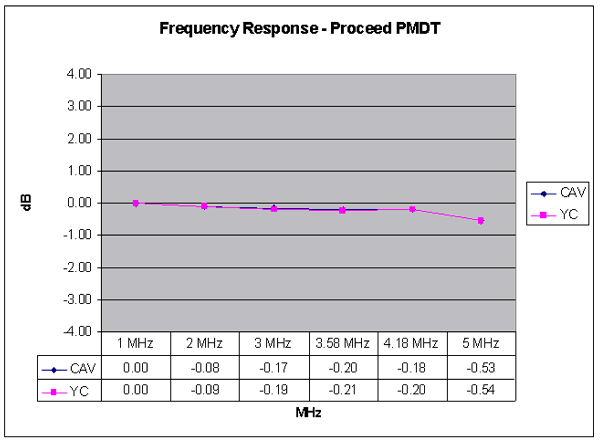
.gif)
.gif)
.gif)
.gif)
(proceed).gif)
(apex).gif)
.gif)
.gif)
